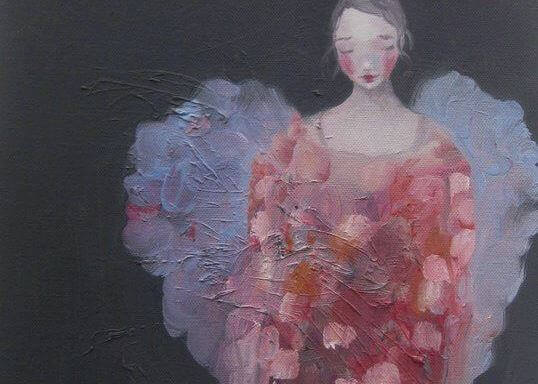How many times have you tried to contain or hide sadness?Since we were little we have received messages from society saying that we cannot afford to be sad, that we must be brave, that we must be strong at all times, that we cannot fail, that we have learned nothing from sadness?And this joy is the only desirable emotion that does us good. A joy, of course, also contained: without euphoria.
Of course, sadness is a negative emotion, but?What if we turn it into an emotion that gives us something positive, and if we are able to accept it as an emotion and learn from it?What if instead of imprisoning him we give him a space?
- Losing a family member.
- Ending a relationship.
- Losing a job.
- Discovering a disease.
- When we are not up to the expectations that we create.
- These are some of the situations that usually sadden us.
- Not a moment of sadness.
- Because in the first moments what arises is anger against the forces that gave rise to loss.
A very important difference is that between sadness and depression, the latter is not an emotion, it is a disease that goes beyond a specific moment and, to be diagnosed, a state of continuous and more intense sadness associated with other symptoms is necessary. This difference, which is very important, sadness is perceived in a similar way to how depression is understood, so what many people do is try to end it.
If, in addition to being very sad for a while, the person experiences sleep disturbances, inability to feel pleasure with activities that he previously enjoyed, lack of desire to practice his daily activities, lack of concentration, feelings of guilt?doubt: it’s time to ask for professional help.
However, sadness alone, as an emotion, is a unique opportunity to get to know each other, an emotion that some studies relate to a greater activation of our body so that we can react after a loss, it is also an emotion that, in itself, it requires the support and help of loved ones, not clinical treatment.
With the amount of tears that human beings shed, we still cannot know anything about the mystery that they contain, although all studies show that as social beings that we are, they fulfill a function of liberation and communication with others to seek comfort.
Behind them, it is usual that there is a complex network of emotions, more than one, the circumstances in which we can cry are also numerous: we can cry with joy, empathy with the people around us, with anger and even watching a film that moves us, each tear tells a story that reaches our hearts.
Therefore, containing them or seeing them as enemies does not make us stronger or better, we simply behave according to what others may say about them, and at this point we have to ask ourselves: has this person ever cried?I never cried, something’s wrong.
Crying calms us down, reduces our anxiety levels, allows us to breathe better, be true to what we feel, connect with others and, in addition to all this, leads us to eliminate the bacteria that protect our body. With tears?
If we cry easily, how many times in our lives have we heard someone censor our need to bring out our emotions?In addition, after hearing so much of this response, we have come to internalize it ourselves. Thus, we became the first to censor our tears.
We can sometimes understand why they tell us that, they may not say it with bad intentions, after all they are phrases that we have heard and learned from children and are incorporated into our repertoire. share them automatically, without you nodding.
However, as we said before, its effect is not ballad. The acceptance and socialization of this message are the fertile ground for the silence of the new generations who inherit the product of our steps. Thus, children soon integrate this censorship offered to them by adults, as if it were a necessary step in adolescence and adulthood.
We have a responsibility to them and to ourselves: to understand the role of emotions, regardless of their valence, is about accepting them and letting them breathe so that they can play their restorative or motivating role, on the other hand theoretically it can be quite didactic to separate our emotional part from our most logical part; However, at the functional level, we cannot forget that processes tend to mix, which makes the overall result very different from what we could imagine with the sum of the parts.
“Laugh when you can and cry when you need it
Certainly sadness is one of our emotions, and well used and well thought out, it is one of our great allies, so do not make it an enemy by throwing a battle at it, because in these cases the only possible outcome is even more intense or daunting suffering.

